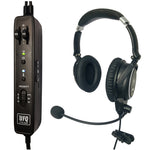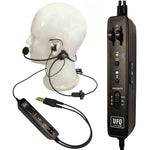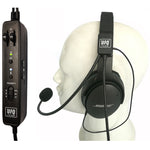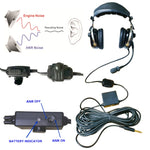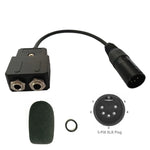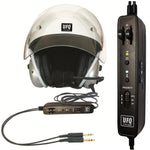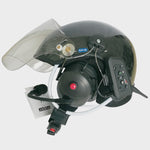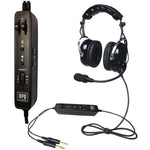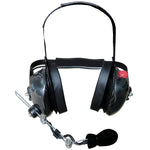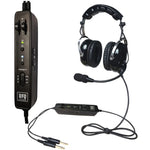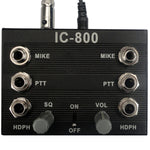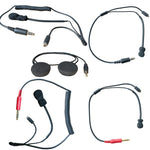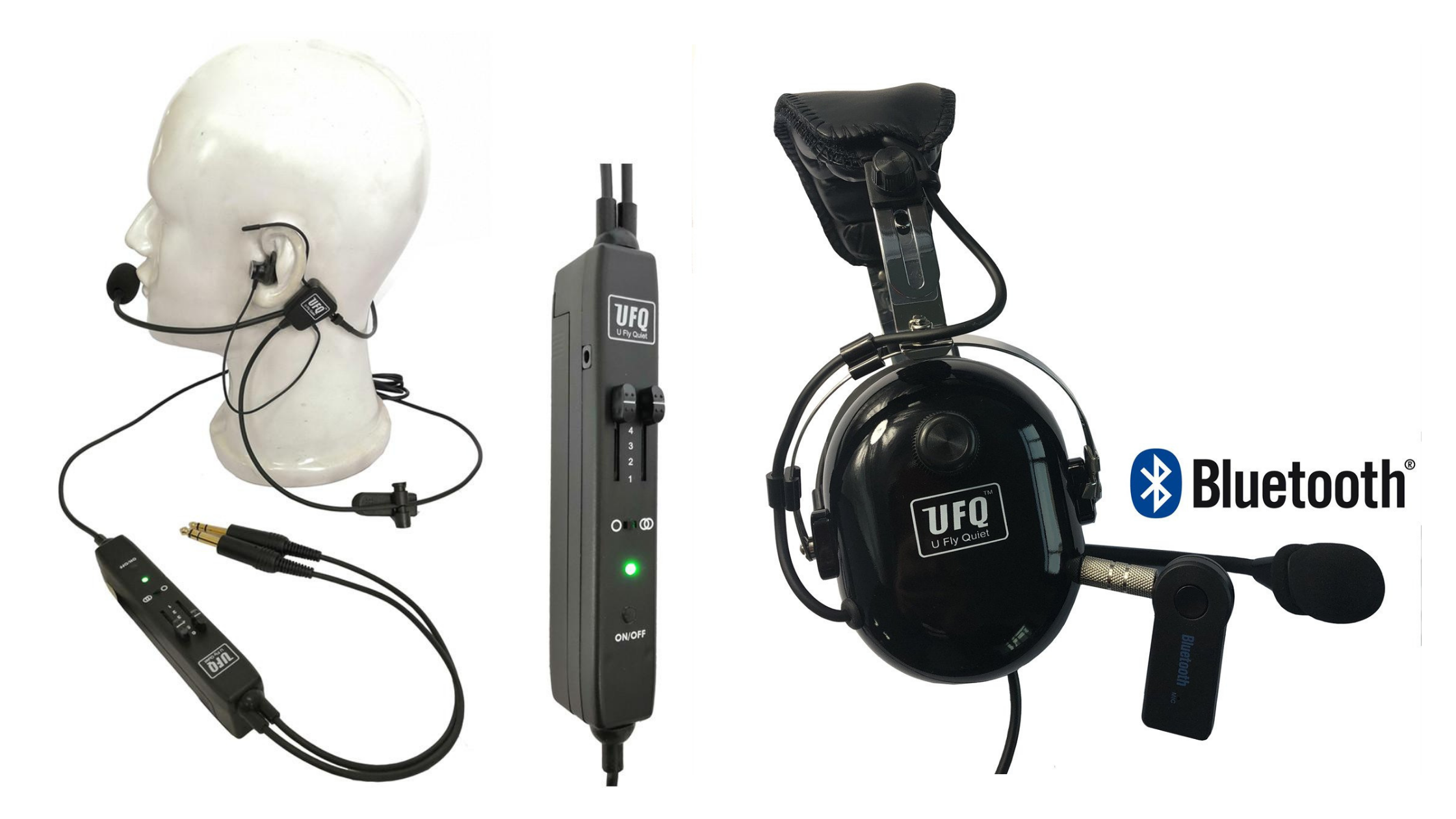While it may seem adventurous to seeing seen an aircraft fly, for pilots it is a challenging job. They have to face several challenges, and cockpit noise is one of that which is usually very loud. This is where an aviation headset becomes an integral part of their gear and equipment.
Why do Pilots Need Aviation Headset?
Our hearing capacity has its limitations, and the cockpit noise that can reach up to 90 dB can even cause hearing loss. Hearing protection is one of the basic and must-needed aspects for pilots. For pilots, headsets like ANR aviation headsets not just provide them protection from the cabin noise but also play a lot more roles, like enabling easy and hands-free communication with crew and passengers.
Do Pilots Need to Have Their Own Headset?
While pilots would be provided with headsets from their aircraft carriers, having own means they are able to use one that fits best to their need and hearing capability. Headsets provided by carriers as well as schools for student pilots are also general one and not top-of-the-line. Being used by others, these headsets may have gone through a lot of wear and tear, and may also pose bacterial infestation with others’ sweat and ear wax issues. This is why owning personal one ensures safety of the ears and is also specific to what one needs as per their hearing protection and communication preference.
What to Look for in an Aviation Headset?
As an important and integral gear for flying time, a good aviation headset is needed that blocks out all types of background noises. Apart from this functionality there are several other features that you should look into when buying an aviation headset:
-
Type of Noise Reduction
Noise reduction is not a single element but constitutes different aspects:
- Active Noise Reduction (ANR)
ANR aviation headsets work by monitoring the incoming sounds through a tiny-size microphone. N some models you can find microphones both outside and inside. ANR headsets are high-end than the passive noise reduction headsets.
- Passive Noise Reduction (PNR)
This is the basic type of noise reduction feature which works by creating a barrier around the ears to stop the noise from outside. All the PNR headsets are over-the-ear and not on-ear or in-ear.
- Dynamic Noise Reduction (DNR)
These are a step ahead to ANR headsets and remove the unwanted sounds from outside digitally, identifying the signals of the noise and then suppressing them.
Headsets, including ANR and PNR come with a noise reduction rating, mentioned in dB. Make sure to pick a higher rating headset to block higher unwanted noise.
-
Style
Ideal for pilots flying high-performance engines or open cockpits. These usually come in ANR technology functionality, and provides extra capability of passive noise reduction.
These come equipped with an ear-cup that rests on the ear top. However, these provide less passive noise reduction capability. Thereby are ideal for commercial jets having low decibels.
These look like earplugs or ear-buds that have a microphone or headpiece attached to it. These are also suitable for low-decibel cockpits.
-
Flight Time
Your flight time also is a critical factor in choosing the headset. For private pilots and students, an entry-level PNR headset is ideal to start with. However for long-distance flights you must consider entry-level ANR headsets.
-
Comfort
While your focus is on what type of noise cancellation a headset can provide, you also should look at how comfortable it is to wear for the flight time. If the headset is uncomfortable to wear, it will disturb your focus and concentration, and that could be a dangerous thing.
-
Bluetooth Feature
Features like how connectivity with the smartphone via Bluetooth, and Bluetooth audio to get alerts are some features that you must check beforehand to decide which one is more of your-type.
-
Cable Types
Commonly cable types come in twin-plugs, 6-pin plug, airbus plug, helicopter plug and such capabilities. The most common out of these is twin-plug. You should look at what connectivity feature is suitable for your cabin functionality.
Apart from these features, other aspects to take note of include frequency response range, signal type, and microphone type. Depending on what type of aircraft you fly, how much your flight time is, and also what your budget allows you can find a range of aviation headsets and student pilot headsets.
